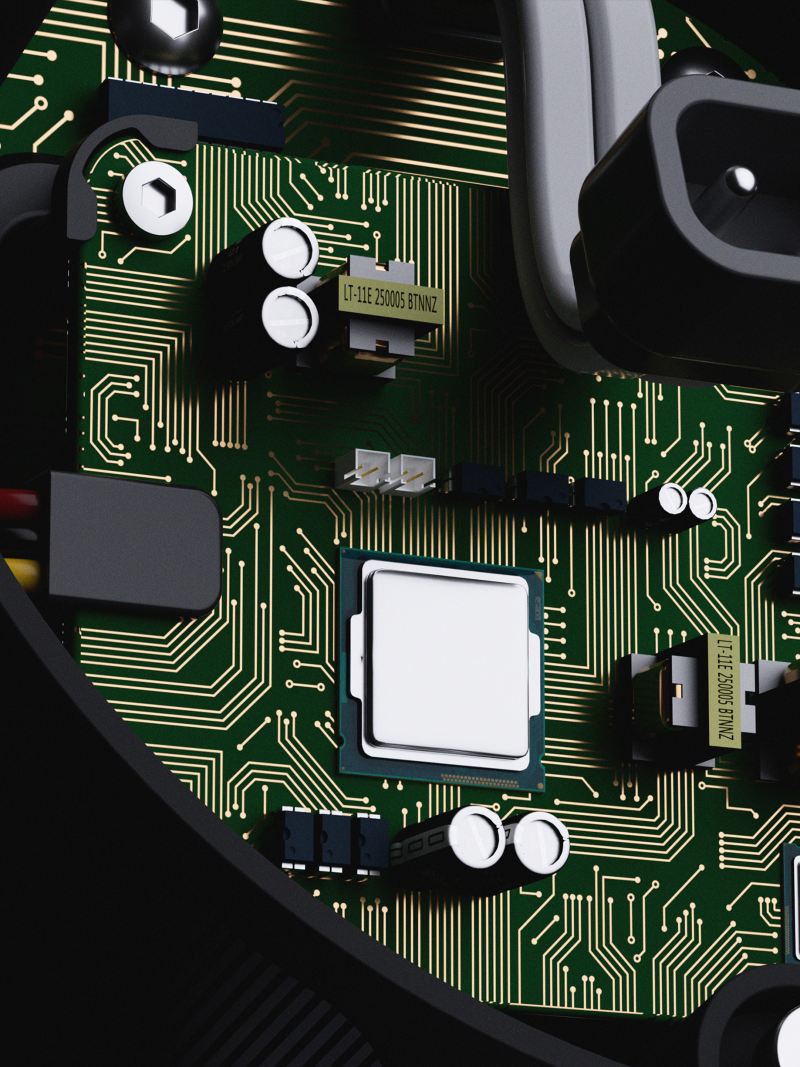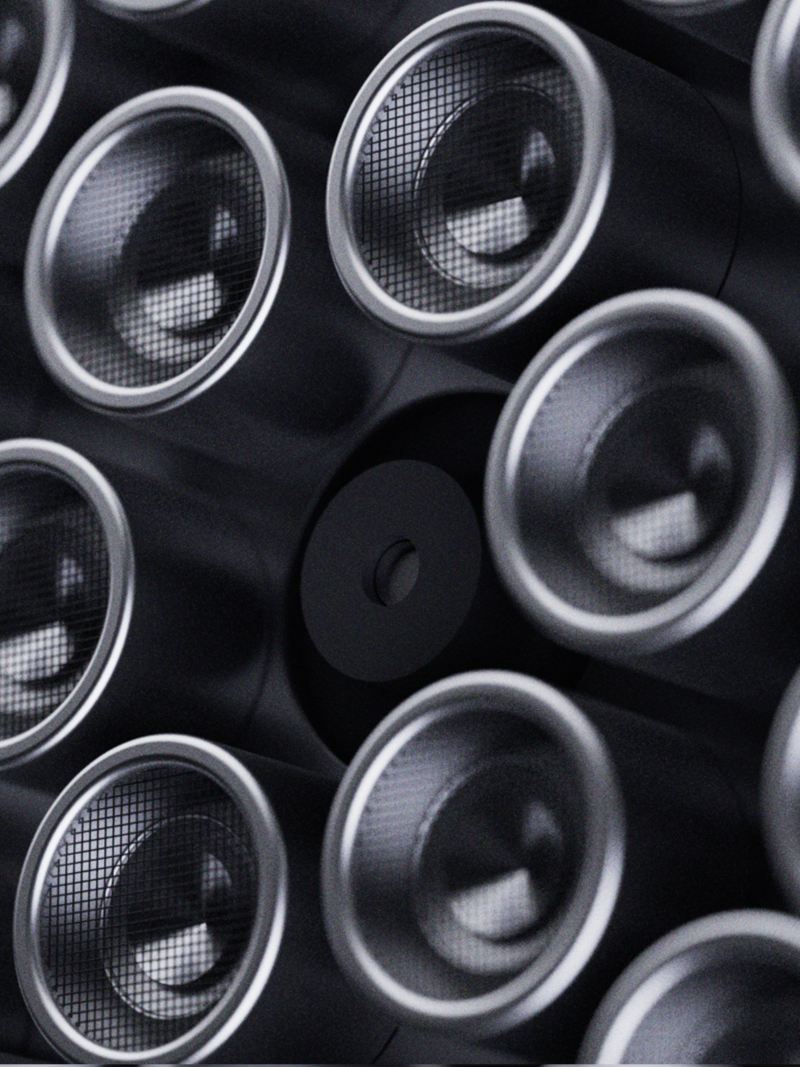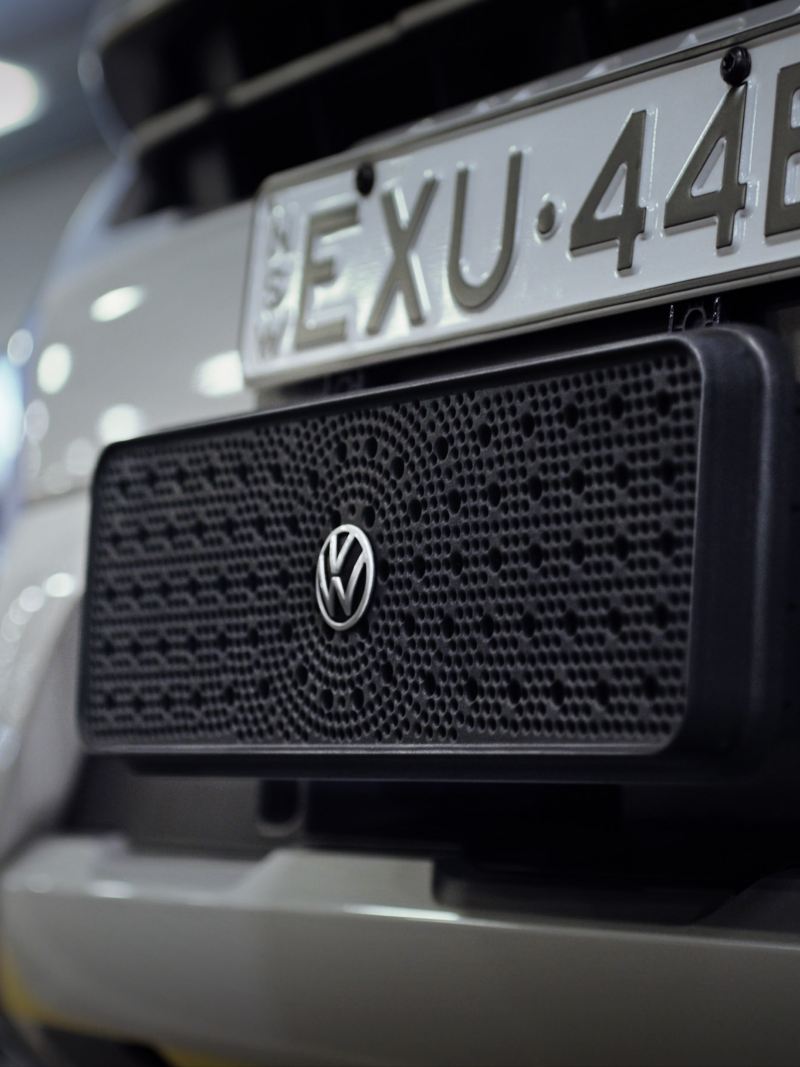Introducing RooBadge,
an innovative approach to deterring kangaroos
Transforming the iconic Volkswagen Badge into a protective audio shield.
Every year on Australian roads, tens of thousands of drivers hit kangaroos. So, three years ago, we started a journey to create the world’s first scientifically proven vehicular kangaroo deterrent to help protect drivers and wildlife.
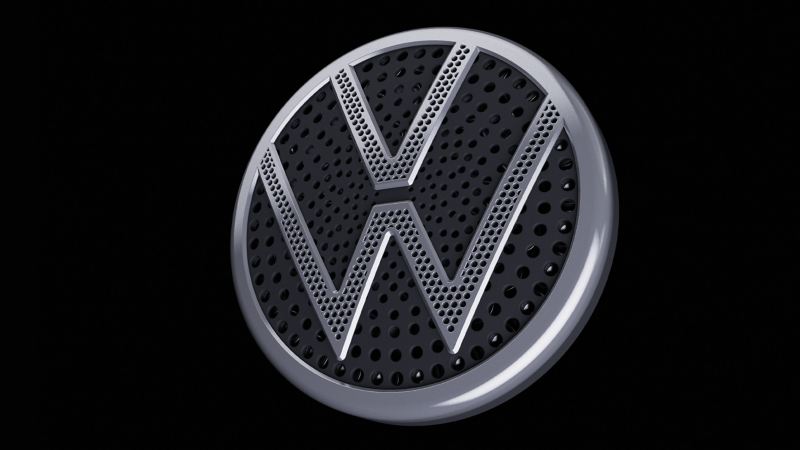

A revolutionary
Amarok accessory

A revolutionary
Amarok accessory
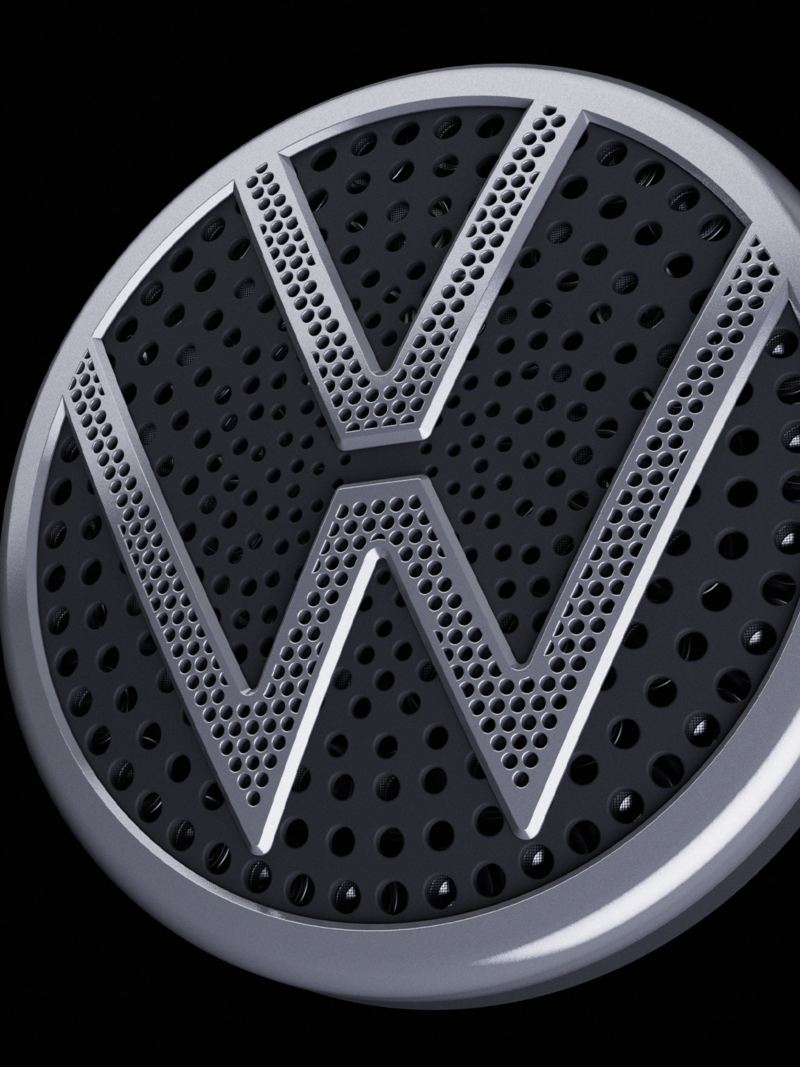
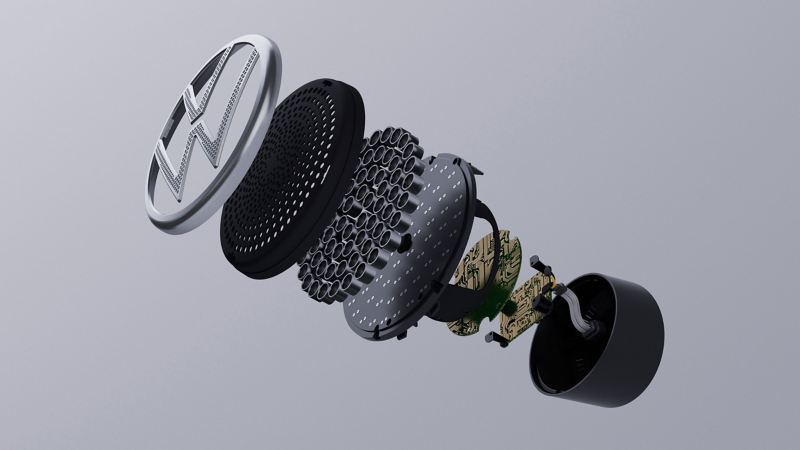
Key developments

World-first species-optimisation
With multiple species of kangaroo found across Australia, all of which react differently to different sounds, producing a single sound to deter them all is nearly impossible. So, in a world-first innovation, RooBadge uses machine learning to compare its GPS coordinates against kangaroo distribution data to optimise its sound, deterring the kangaroo species that inhabit that location.
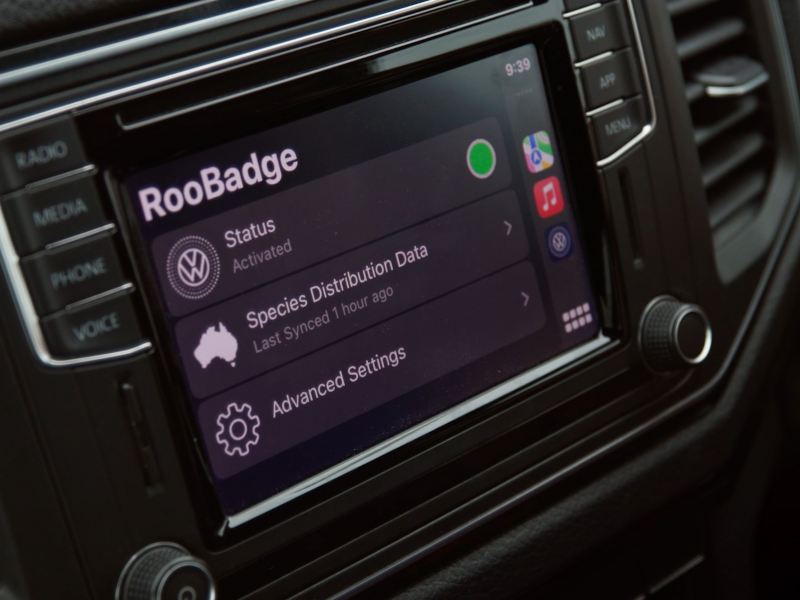
Controlled by an in-car app
RooBadge links to an in-car app that automatically activates the RooBadge when travelling through known kangaroo collision hotspots. The in-car app also syncs with the cloud, allowing for over-the-air updates.
Meaningful sounds
The RooBadge utilises a unique approach to audio-based deterrents by mixing meaningful sounds to kangaroos (like bird alarm calls, predatory sounds, and kangaroo foot thumps) with synthetic sounds.
Directional Sound
Unlike standard speakers that scatter sound, RooBadge utilises directional speakers to emit a focussed beam of sound far ahead of the vehicle, where it's most effective.

Plug-and-play installation
The RooBadge will be easy to install on all current Amaroks by replacing the current front badge, offering a quick and convenient installation.

Real-time collision data collection
To help gather real-time data, we’ve developed a reporting tool that allows animal protection agencies like WIRES to report kangaroo collisions easily, enabling RooBadge to recognise and activate in newly reported kangaroo collision hotspots.
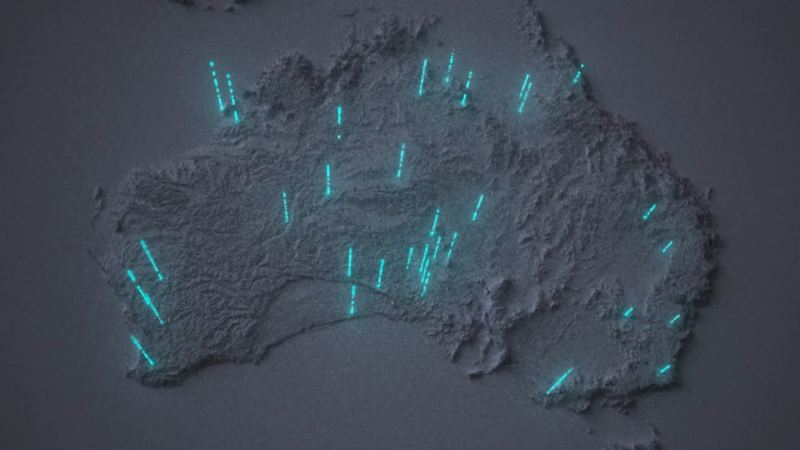
Geo Activation
RooBadge uses GPS & telemetry data to activate when travelling at a certain speed outside of towns and cities in kangaroo collision hotspots.

Development Partners
The Journey So Far
For the last three years, we’ve worked with the Melbourne Animal Ethics Committee and industry leaders to develop RooBadge through real-world tests to help optimise our hardware, software and sounds.
Number plate mountable version
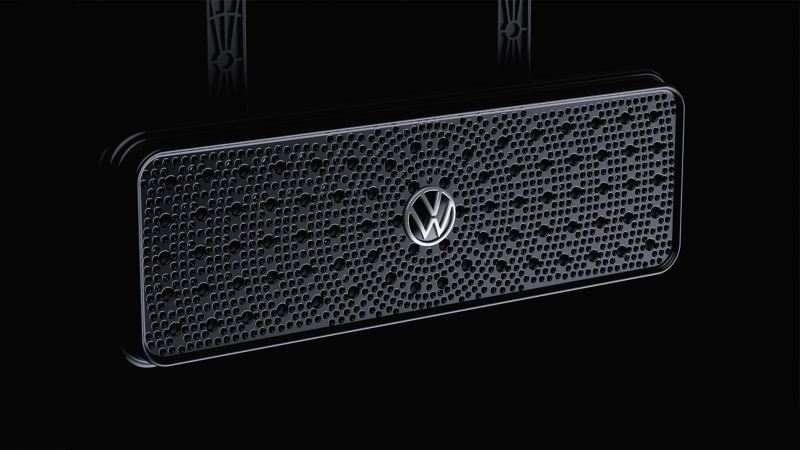
Volkswagen believes that safer roads should be available to all Australians. We’re developing a universal, mountable version of the RooBadge that attaches to your number plate, enabling a RooBadge to be installed on any vehicle regardless of its manufacturer.
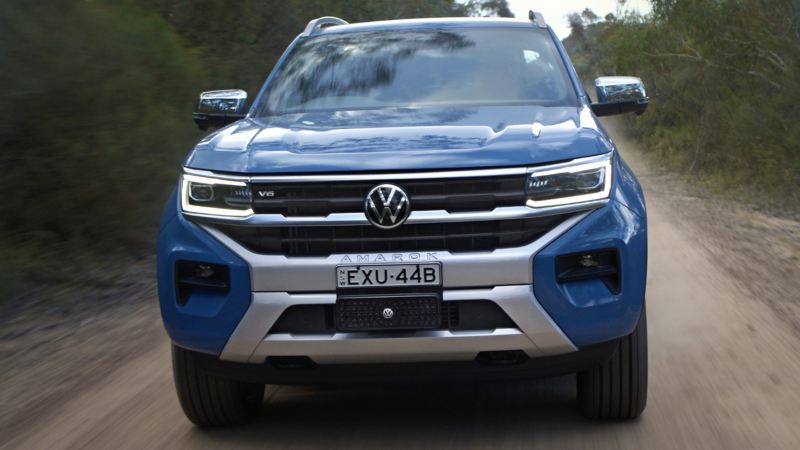


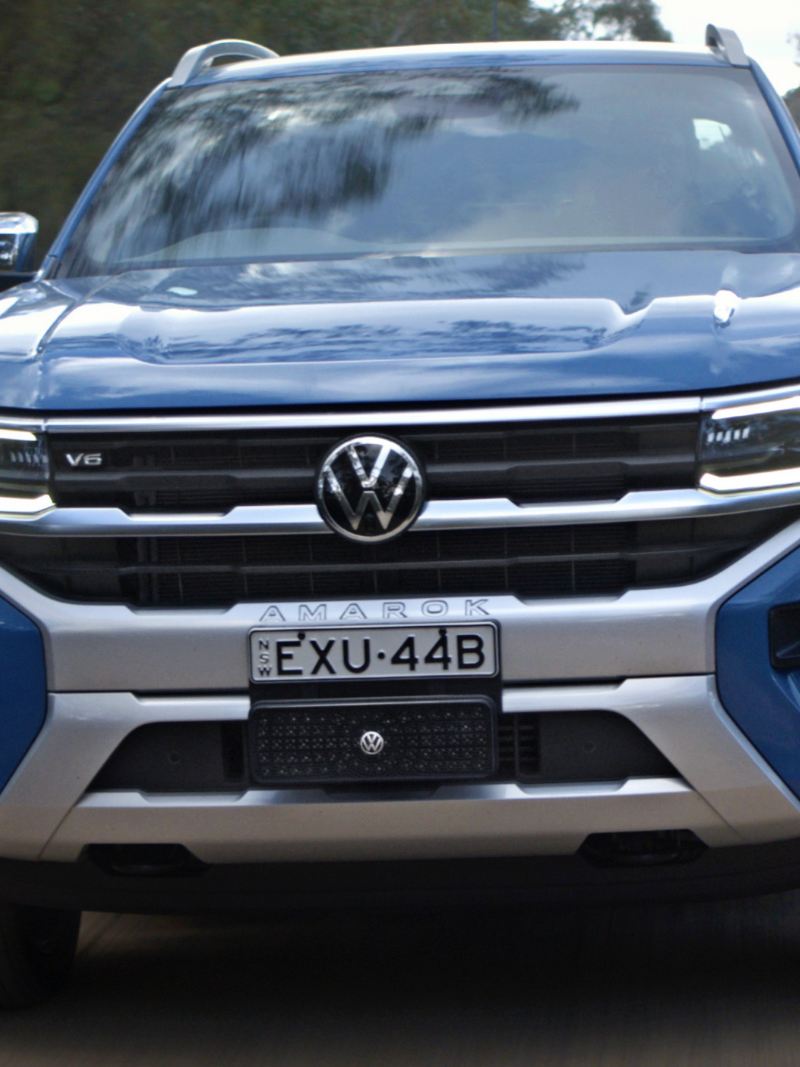
Preview in AR
Use you mobile to take a closer look at the RooBadge and Universal version.
Why Kangaroo collisions
keep happening
Why kangaroos are attracted to the road
The number of vehicle collisions involving kangaroos increases yearly due to kangaroo population growth intersecting with human population growth as our towns and cities expand into their habitats. In addition, when rain hits, the camber of our roads pushes water to the side, leading to young, green vegetation along the roadside, attracting kangaroos to feed, bringing them close to cars.
Issues with current solutions
A scientifically proven vehicular animal deterrent has yet to be successfully developed due to several issues. The main problem for many devices, like whistles you can attach to your vehicle, is that they don’t produce sound louder than the car is already making, so they don’t project sound far enough ahead of the vehicle. Another problem is that they emit generic sounds that don’t mean anything to kangaroos, further failing to deter them from the road.
However, one of the most significant issues they cause for us as humans is that they provide drivers with a false sense of security, meaning drivers are less vigilant whilst driving through kangaroo collision hotspots.
Potential to prevent animal collisions
across the globe
Potential to prevent animal collisions across the globe
Animal collisions are a global problem, with deer being the most significant issue across Europe and North America. So, we’re working with partners overseas to adapt RooBadge to deter deer and other problem animals worldwide.
Frequently Asked Questions
You may also be interested in
Amarok
Born from tough love
Introducing the All-New Amarok, a ute forged by some of the world’s toughest critics - Aussies. A ute that looks, feels and performs better than ever before. Uncompromising in its performance, the All-New Amarok comes with an incredible amount of new technology, premium design and unsurpassed levels of comfort and safety – everything you demanded and more.
